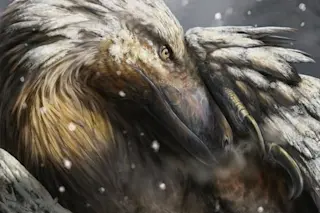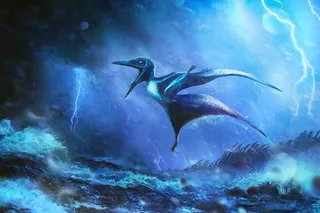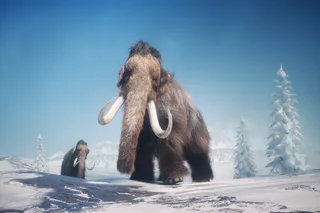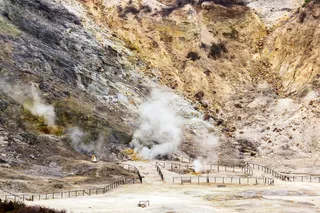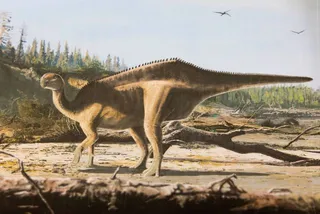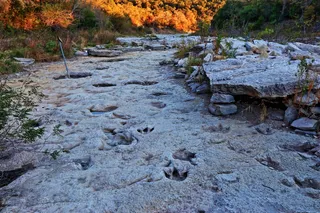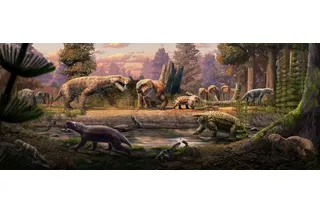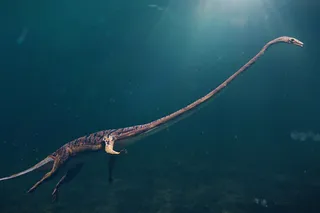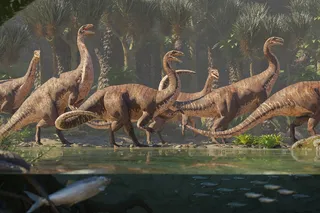Some dinosaurs may have been essentially warm-blooded, which contradicts how we once thought of the ancient creatures, according to a new study in Current Biology.
“Up until the ‘70s, dinos were considered cold-blooded reptiles — basically over-grown crocs,” says Alfio Alessandro Chiarenza, an author of the study and a researcher at University College London (UCL).
That conception has shifted some in the past decade, when researchers discovered that some dinosaur skeletal features more resembled birds than reptiles, and that some also may have sported feathers or feather-like structures.
The new study examined how climate may have affected dinosaur evolution. The research team mapped about 1,000 fossils from the Mesozoic Era (230 million years to 66 million years ago). Then they applied climate, geography, and evolutionary data.
They found that two of the three main groups of dinosaurs moved to colder parts of the planet during the Early Jurassic. That migration ...


